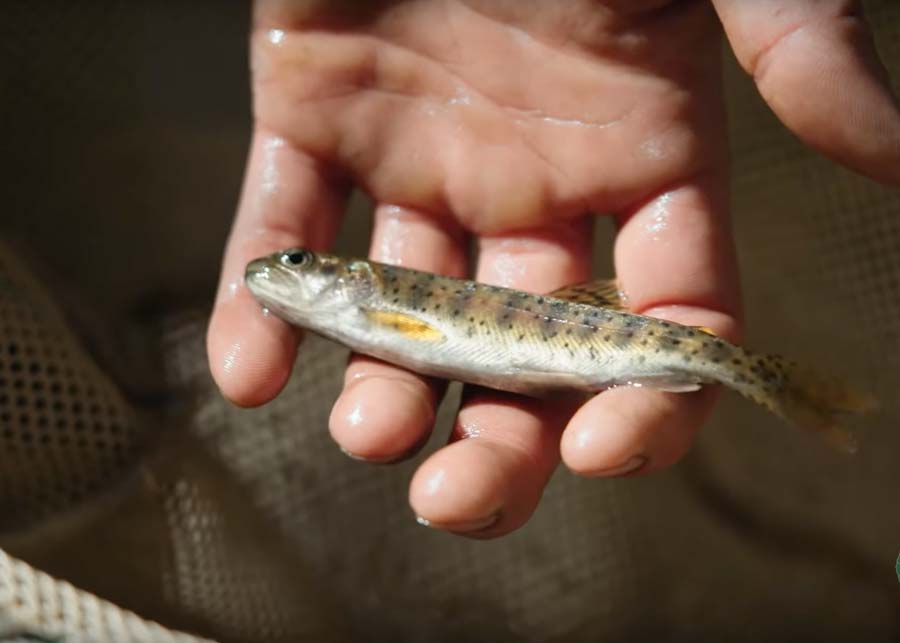
When most anglers image a Lahontan cutthroat trout (Oncorhynchus clarkii henshawi), they envision one of many giants caught this time of 12 months from Pyramid Lake. However the subspecies’ unique vary is far bigger, involving many small, headwater streams. Lahontan cutthroat trout (LCT) are native to the tributaries of what was as soon as Lake Lahontan—an enormous ice-age lake, of which Pyramid Lake and Lake Tahoe are remnants, in northwestern Nevada and lengthening into northeastern California and southern Oregon. These native waters embody the drainages of the Truckee, Humboldt, Carson, Walker, and Quinn Rivers, in addition to quite a few smaller streams. Sadly, the subspecies now inhabits only a fraction of its former vary, and one of many main causes is cattle grazing alongside vital rearing streams.
The video above, from Western Watersheds Project, illustrates the issue and discusses essential options. The Bureau of Land Administration state workplace in Nevada is at present evaluating livestock administration throughout dozens of grazing allotments that include essential trout habitat. The Bureau is proposing to “improve operational flexibility” for ranchers. Sadly, many of the proposed treatments would depend on further infrastructure, reminiscent of water developments and fencing on public lands, slightly than merely lowering livestock ranges or eradicating grazing from LCT streams.

A small LCT from a wholesome, high-mountain stream.
Western Watersheds Undertaking has created an easy-to-use form that lets you ship a message to the Bureau of Land Administration, asking them :
- Cut back or get rid of grazing in LCT streams and riparian areas.
- Mandate livestock reductions in failing allotments.
- Restore riparian habitats by means of pure restoration, not pricey infrastructure.
- Prioritize species restoration over industrial livestock pursuits.
- Take decisive motion to guard these important waterways and guarantee their survival.
Trending Merchandise











